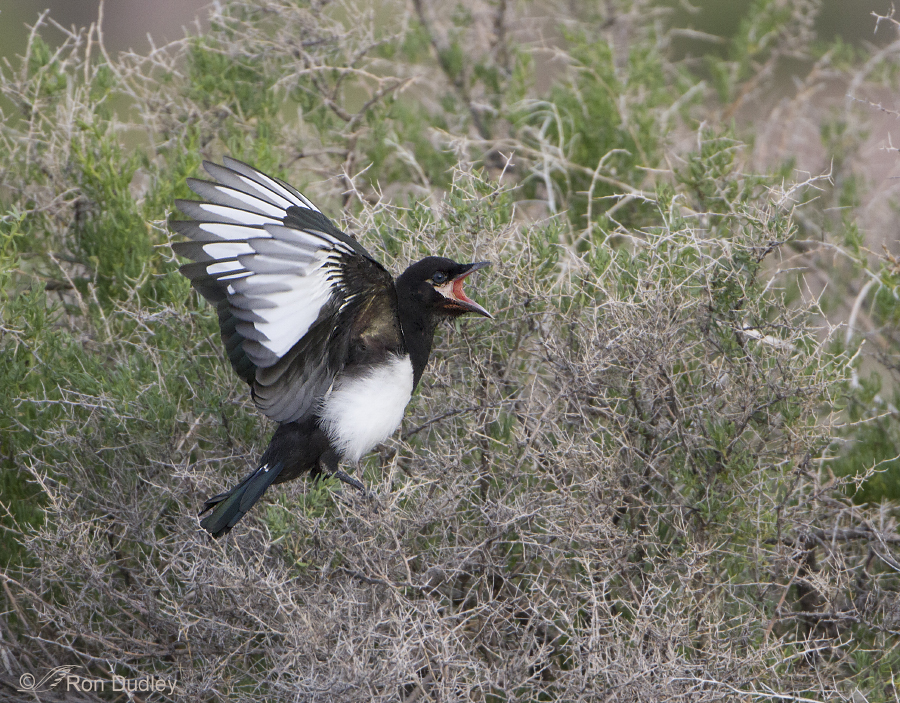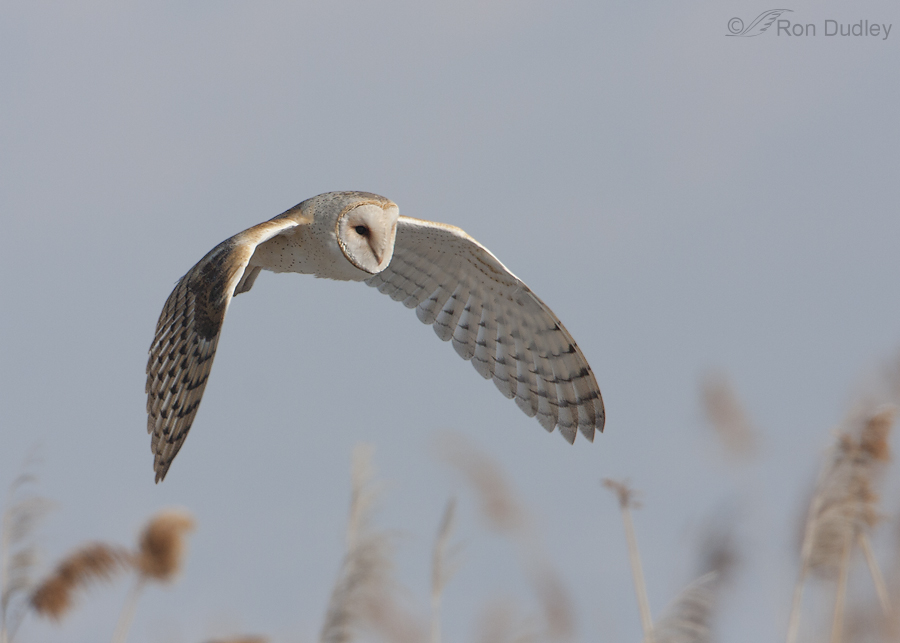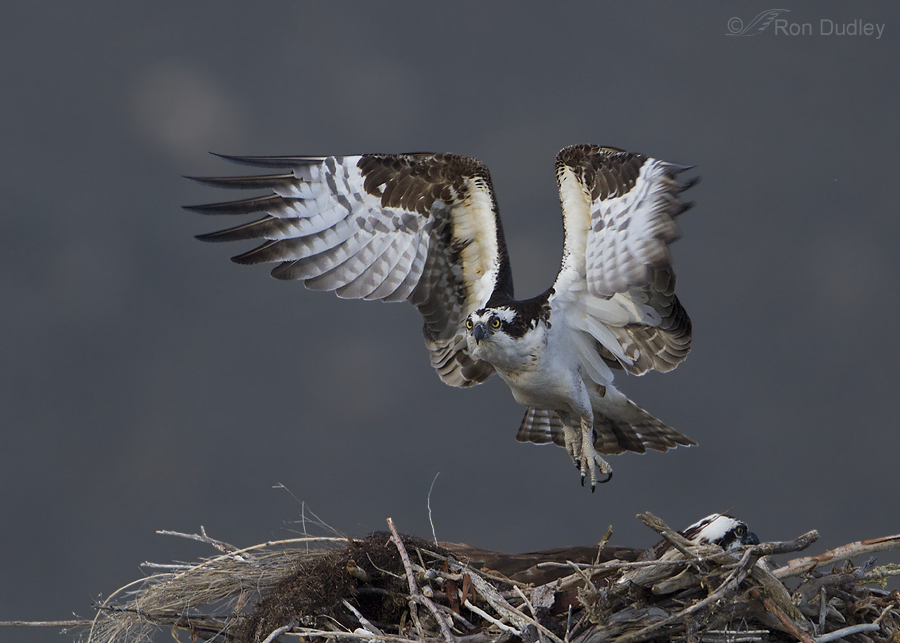Northern Flicker Surprise
A while later I glanced down at one of the holes again and noticed that it seemed to have disappeared or changed shape and color. Closer inspection revealed the reason for the change – the hole was now filled by a gorgeous Northern Flicker looking back at us with one big eye.




